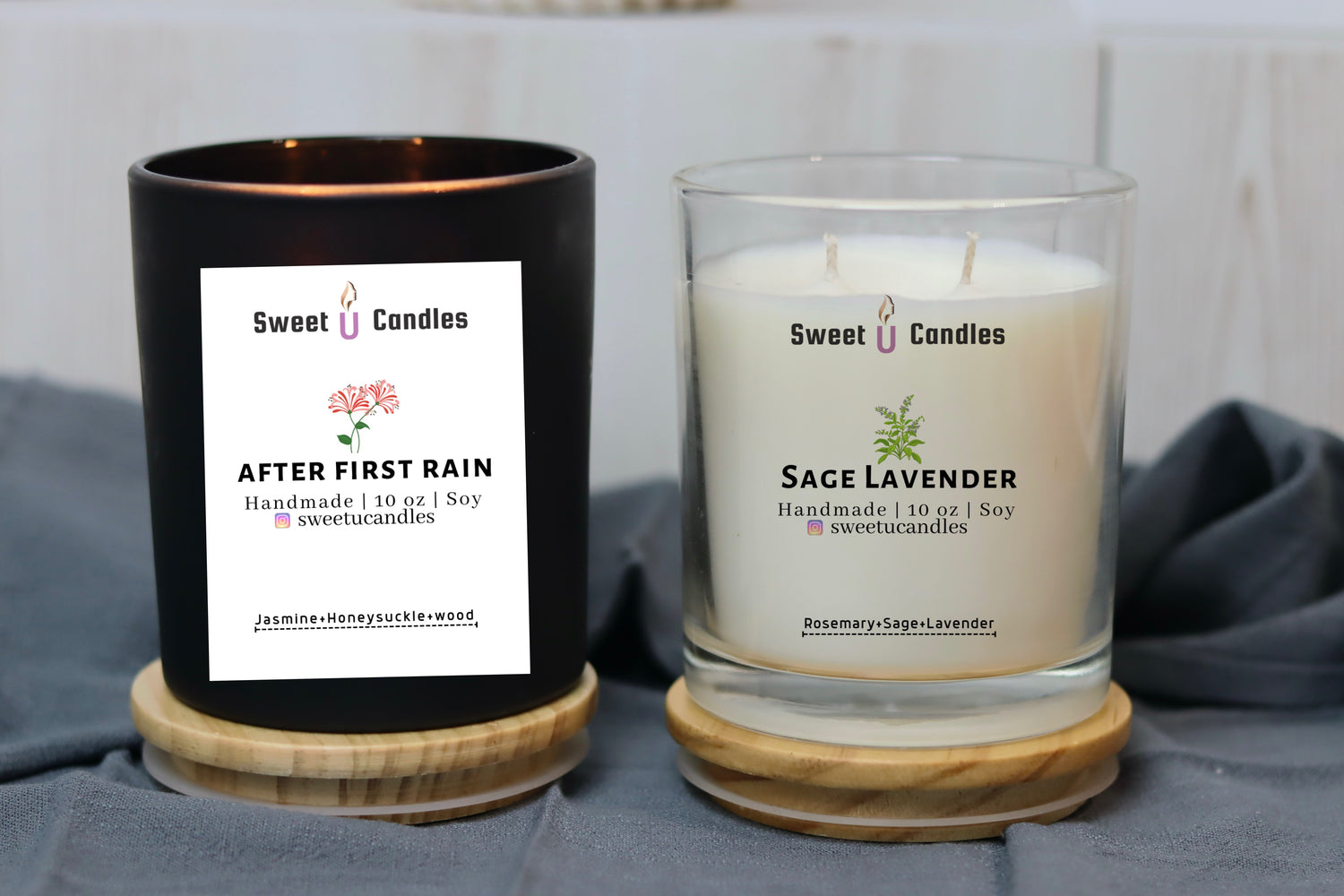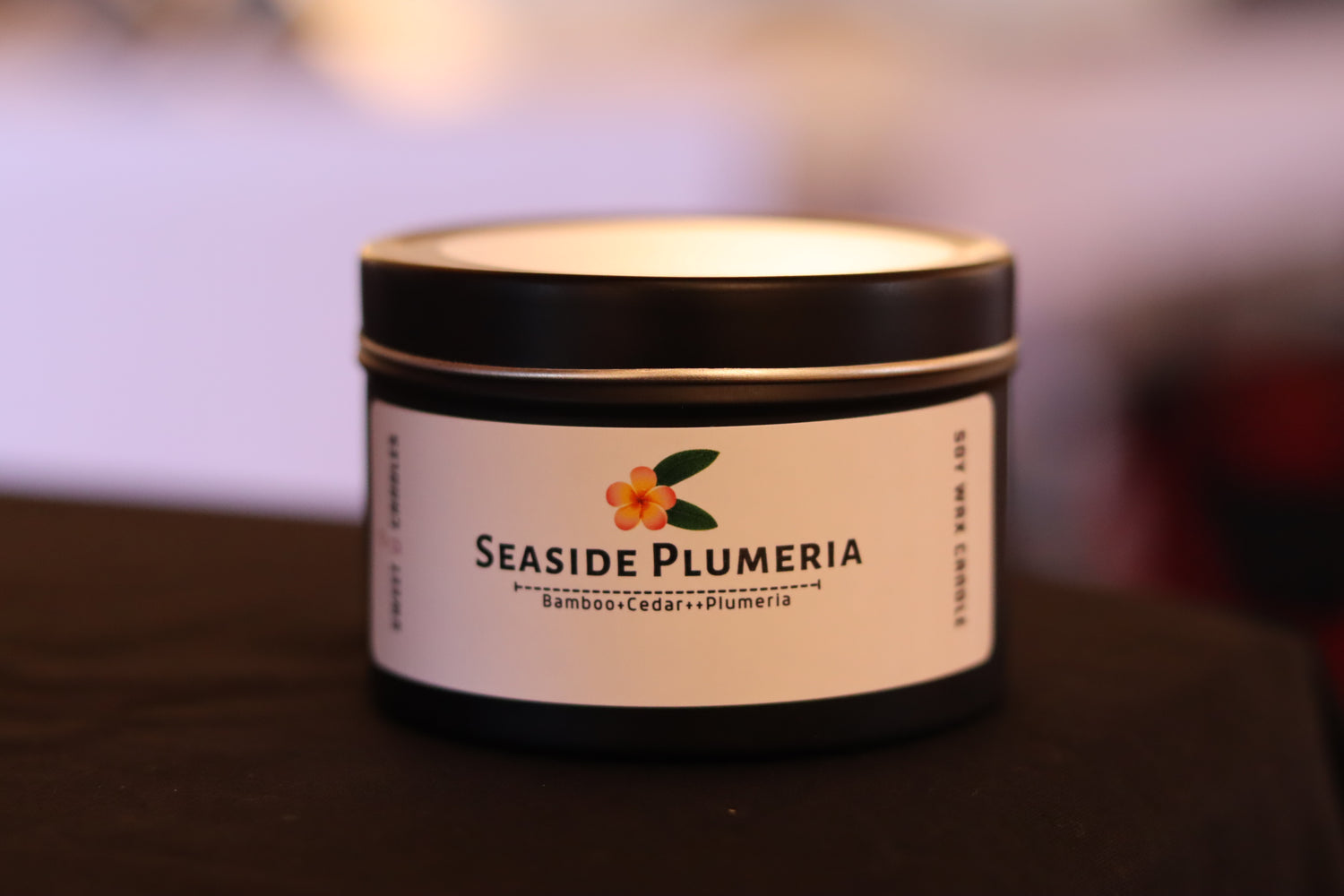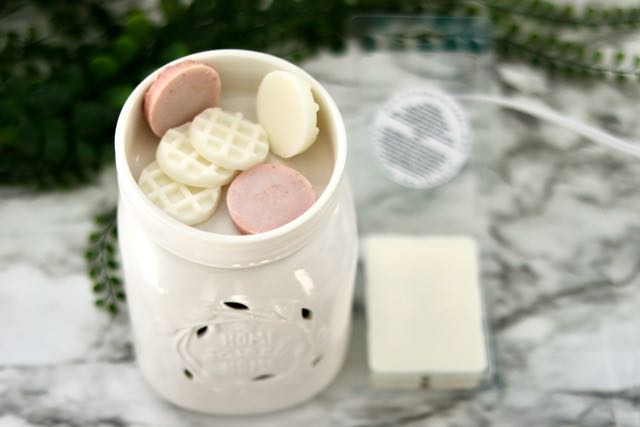The art of candle-making transcends mere craftsmanship—it is a dance of science and aesthetics, where every element plays a pivotal role in creating the perfect ambiance. At the heart of this dance lies the melt pool, a feature often unseen yet integral to a candle's performance. The melt pool, simply put, is the liquefied wax that forms around the wick when a candle burns. It is not just a byproduct of the burning process but a key player in the candle's ability to radiate its fragrance and light effectively.
In the candle industry, the Diameter Rule has become a cornerstone of candle design. This rule posits that for each inch of a candle's diameter, an hour of burning is required to achieve a full melt pool, which ideally should extend across the entire surface of the candle. This full melt pool is thought to prevent tunneling, ensure even burning, and maximize scent throw. The Diameter Rule is widely accepted and often used as a benchmark for quality in the candle-making process, guiding both amateur and professional chandlers in their craft.
Understanding Melt Pools
To understand a melt pool, envision the candle's life beginning the moment a flame is introduced to the wick. Heat from the flame melts the nearby wax, and this liquid wax is then drawn up the wick to fuel the flame, in a self-sustaining cycle. The melt pool is this reservoir of liquid wax, and its proper formation is crucial for the candle's burn quality.
The visual appeal of a generous and even melt pool is undeniable. It promises an even burn without wasted wax on the sides, often referred to as "tunneling." There's also a widespread belief that a larger melt pool equates to a stronger scent throw—the release of a candle's fragrance as it burns. However, the size of the melt pool does not always correlate with a better scent throw or candle performance. Variables such as the type of wax, fragrance oil, wick size, and even the room's temperature play significant roles.
The Diameter Rule Explained
The Diameter Rule in candle-making is a heuristic suggesting that a candle needs approximately one hour of burn time to form a melt pool that is one inch in diameter. This rule aims to ensure complete wax consumption and an even burn, mitigating issues like tunneling where wax remains unburned along the sides of the container.
Application of the Diameter Rule:
When applied, the Diameter Rule can be seen as a guide for both candle makers and users. For instance:
- A candle with a 2-inch diameter should be allowed to burn for about 2 hours to achieve a full melt pool.
- For a 4-inch diameter candle, the recommended burn time for a full melt pool would be about 4 hours.
- In the case of a large, 6-inch diameter candle, achieving a full melt pool could take around 6 hours of burn time.
These examples assume that the candle has been crafted with the appropriate wick size and wax type to adhere to the Diameter Rule. However, it's important to note that this rule is not a one-size-fits-all solution; factors like wick composition, wax blend, and even ambient room conditions can affect melt pool formation.
Debunking Melt Pool Myths
Despite its widespread acceptance, the Diameter Rule has several limitations:
-
Wax Composition Variability: Different types of wax have different melting points and burning characteristics. For example, soy wax typically forms a melt pool faster than paraffin due to its lower melting point. Therefore, the rule might not hold true for all wax types.
-
Wick Size and Type: The size and material of the wick can significantly affect the heat output and thus the melt pool's formation. A wick that's too large for the candle diameter might create a melt pool too quickly, leading to issues like "mushrooming" or sooting.
-
Ambient Conditions: The room's temperature, air currents, and even altitude can alter the burn characteristics of a candle. A drafty room or a high ambient temperature can cause a candle to burn faster, outpacing the Diameter Rule's guidelines.
Safety First: The Ultimate Candle-Making Priority
Safety in candle-making is paramount, and it is regulated by standards such as ASTM F2417. This standard covers fire safety concerns related to candles, including specifications for flame height, labeling, and container quality.
Melt Pool Size and Safety:
The size of a melt pool is not a reliable indicator of candle safety. A deep melt pool can become a safety hazard if the heat retention of the container is not sufficient, leading to potential breakage or burns if touched. Conversely, a small melt pool does not necessarily mean a candle is safer, as it could be a result of an inadequate wick that leads to incomplete burning and wasted wax.
Ensuring Candle Safety Beyond the Melt Pool:
To ensure candle safety, one must look beyond the melt pool. Here are some tips:
- Always use containers that are heat resistant and designed for candle use.
- Ensure wicks are centered and trimmed to the recommended length to prevent high flames and sooting.
- Avoid burning candles in drafty areas to prevent uneven burning and possible flame blow-out.
- Never leave burning candles unattended and keep them away from flammable materials.
- Follow the manufacturer's instructions for burn times and proper use to prevent overheating.
The Evolving Nature of Melt Pools
As a candle burns, the characteristics of its melt pool evolve, reflecting a complex interplay of wax, wick, and external conditions. Initially, the melt pool forms as a small well around the wick, deepening and widening as the flame continues to heat the wax. The melt pool's depth, clarity, and size can change, with the pool typically becoming larger and deeper as the candle burns down.
Environmental factors play a significant role in melt pool formation. Air currents from open windows, fans, or air conditioning can cause uneven burning, leading to a lopsided melt pool. Temperature fluctuations in the room can also affect how the wax melts; warmer temperatures can lead to a faster and deeper melt pool, while cooler temperatures may slow down the process. Humidity can influence the burn rate, with high humidity potentially causing a candle to burn slower and produce a smaller melt pool.
Scent Release and Melt Pools
The melt pool is a critical factor in a candle’s scent throw—the reach and intensity of its fragrance. A larger melt pool will heat more fragrance oil, enhancing the scent release. Conversely, a shallow melt pool may result in a weaker scent throw as less oil is heated and volatilized.
The wick plays a pivotal role in this process. A properly sized wick will create enough heat to form an optimal melt pool and facilitate efficient fragrance release. A wick that is too small may not generate sufficient heat to release the fragrance, while a wick that's too large can burn too hot, potentially overwhelming a space with scent and causing the fragrance oils to burn off too quickly, reducing the overall lifespan of the candle.
Wick Selection: The Core of Candle Performance
Selecting the right wick is crucial for achieving desired candle performance. Wick selection is a complex process that considers the candle’s size, shape, wax type, fragrance load, and colorants. Each variable can affect the burn characteristics, and thus the wick needs to be tailored to accommodate these factors.
A wick that is too thin may not be able to maintain a consistent flame, leading to a small melt pool and poor scent throw. On the other hand, a wick that is too thick can cause a deep melt pool that generates too much heat, risking container breakage or causing the fragrance to dissipate too quickly.
Safety is also a significant concern in wick selection. The right wick will burn cleanly, minimizing soot and ensuring that the flame remains a safe size. Burn quality is characterized by a steady flame that consumes wax efficiently without causing smoke or flickering excessively, which can distribute soot and diminish the overall aesthetic of the candle.
Designing a Candle Beyond the Melt Pool
When designing a candle, the melt pool is just one aspect of the overall experience. A holistic approach to candle design considers the candle's aesthetic, the type of wax, the quality of fragrance oils, and the choice of wick. The design should also take into account how the candle interacts with its environment, the container's material and shape, and even the branding and packaging which play a role in consumer appeal.
Other crucial factors include the consistency of the wax, which affects how it melts and the overall burn quality. The choice of fragrance and dye also impact the burn, as they can alter the melting point of the wax. A well-designed candle provides a balance between these elements, ensuring a beautiful, functional, and safe product.
Case Studies and Experiments
Various case studies and experiments have been conducted to understand melt pool formation under different conditions. For instance, one study may involve burning candles made with different waxes (soy, paraffin, beeswax) in varying environments to observe how temperature and airflow affect the melt pool.
The outcomes often challenge the Diameter Rule, indicating that while it's a useful guideline, it cannot be universally applied. Such studies highlight the need for individual testing and adjustment in candle-making processes to achieve optimal results for each unique candle design.
Expert Opinions
Industry experts often emphasize the importance of testing and knowledge in creating a quality candle. Interviews with candle-makers can reveal a spectrum of perspectives on melt pool formation. For example, a veteran candle-maker might prioritize wick testing in different wax blends, while a fragrance expert might focus on how scent load affects the burn.
These experts generally agree that understanding the properties of all materials involved and how they interact is key to achieving the desired performance in a candle, debunking the idea that there's a one-size-fits-all approach to candle-making.
Common Mistakes and How to Avoid Them
A frequent misconception is that a larger wick will automatically lead to a better melt pool, but this can cause candles to burn too fast and hot, leading to potential safety hazards. Conversely, a wick that is too small may result in tunneling.
To avoid these pitfalls, candle-makers should conduct thorough testing for each new design. This includes burning the candle in different environmental conditions, with different wick sizes, and for the correct amount of time to ensure the melt pool forms correctly without compromising the candle's integrity or safety. Proper documentation and adjustment of variables during testing phases are critical steps in creating a successful candle product.
Consumer Insights
When consumers shop for candles, they should look beyond the scent and appearance. A quality candle burns cleanly, efficiently, and safely. Here's what to look for:
- Even Burning: The wax should melt evenly across the surface, preventing tunneling.
- Clean Burning: Look for candles that don’t produce a lot of soot or smoke.
- Proper Wick Size: The wick should be the right size for the candle's diameter to ensure a full melt pool without overheating the wax.
- Burn Time: A quality candle should have a long and consistent burn time, as indicated by the manufacturer.
- Safety: The container should be sturdy and heat-resistant, and there should be clear safety instructions provided.
To interpret candle burn quality, consumers can observe the first burn, which should form a full melt pool within a few hours. If the candle smokes or the wick mushrooms significantly, it may indicate poor design or manufacturing.
Conclusion
Throughout this discussion, we have covered the multifaceted nature of melt pools, the Diameter Rule, and the various factors that contribute to candle performance and safety. While the melt pool is an important aspect of a candle's burn quality, it's not the sole indicator of a candle's excellence.
A comprehensive approach to evaluating a candle's quality involves understanding the interplay between the wax, wick, fragrance, and dye, along with the environmental factors during burning. Candle enthusiasts should value rigorous testing and expert insights, recognizing that candle-making is both an art and a science.




